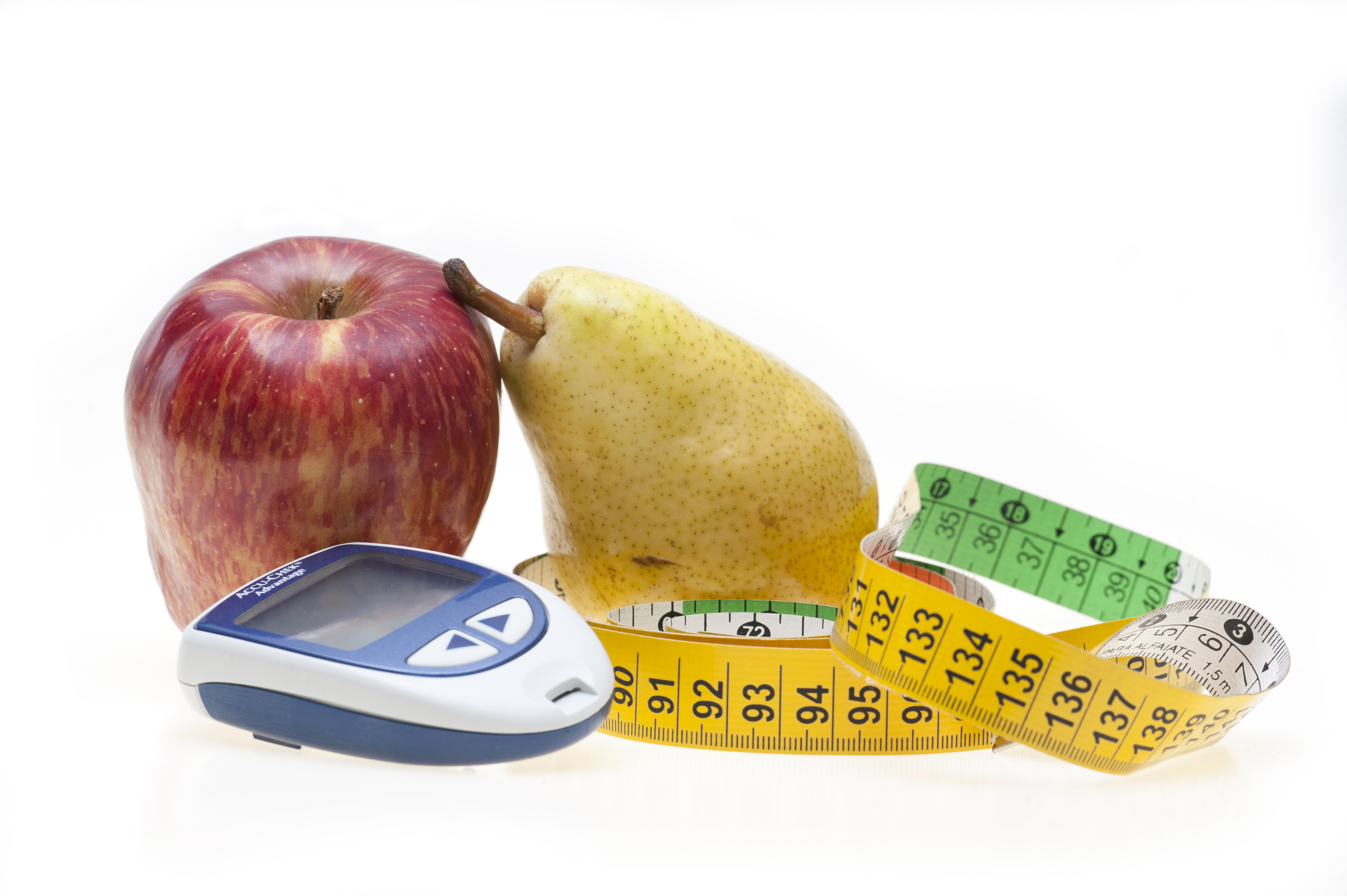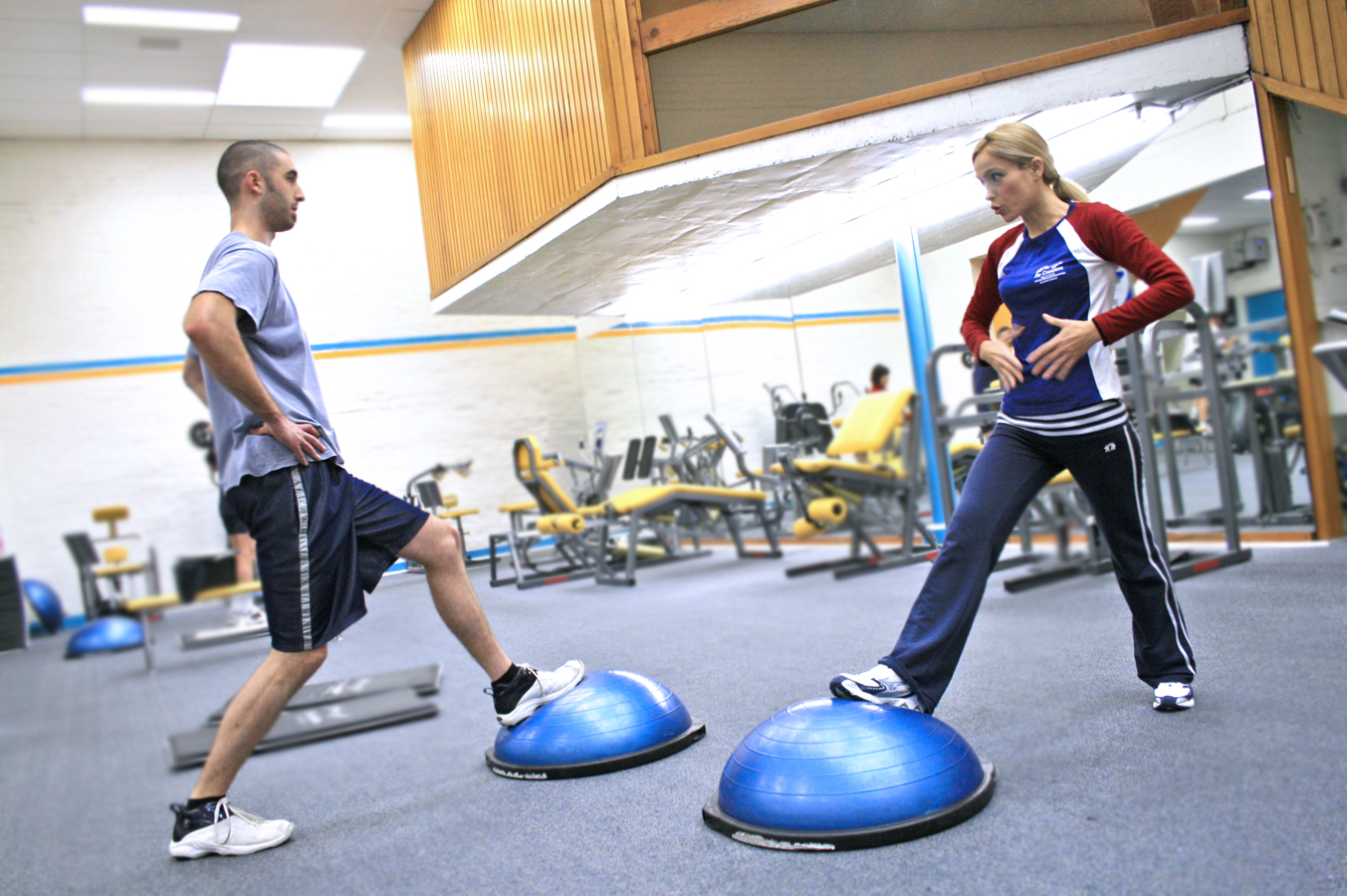What do I need to know about diet?
You’ll find differing opinions regarding a diabetic diet on the Internet. There are some diabetic diets that are available that are high in carbohydrates but I do not recommend these for my patients. High carbohydrate diets are a causative factor in type II diabetes. We can control blood sugar levels with medication despite eating high carbohydrate diet, however it appears to be counterproductive to eat large, carbohydrate concentrated meals. Carbohydrates come in the form of sugars and starches.
If you attend a diabetic class you will learn about the glycemic index. The glycemic index is a total amount of carbohydrate minus the total amount of fiber in a given food. Therefore if you compare two foods with approximately equal carbohydrate content, the food with a lower glycemic index is better for you. In other words the fiber in your diet reduces the amount of glucose that is absorbed and utilized. For example, if you eat grapes which are high in sugar and low in fiber then you will absorb and use a large amount of sugar. If on the other hand you eat apples which have a moderately high amount of sugar but also have a high amount of fiber, then the total amount of sugar absorbed and utilized is reduced. Keeping this in mind, you’ll want to select foods that are high in fiber and low in sugar. I also highly recommend that you avoid starches such as potatoes, rice, corn, bread, pasta and cereal. Starches are large molecules made up of sugar. When you eat starches your body breaks the bonds and separates the starch into numerous molecules of sugar. When you think of eating a baked potato, imagine that you are eating a pile of sugar. I’m not suggesting you cut all carbohydrates out of your diet because your body uses carbohydrates as a fuel source to run your muscles, brain, lungs and other organs. But reducing your carbohydrate intake daily is very important in controlling your sugar levels.
My patients tell me that they eat oatmeal because the oatmeal is good for them and it lowers their cholesterol. Well that is the message you get from advertisements.
One of the frequent mistakes that my diabetic patients make is to eat oatmeal for breakfast. My patients tell me that they eat oatmeal because the oatmeal is good for them and it lowers their cholesterol. Well that is the message you get from advertisements. Oatmeal lowers your cholesterol about 10 points but it raise your glucose considerably because it has starch. It is not a good trade off. Recommended diabetic diet should have protein, vegetables, berries and occasional high-fiber fruit. Berries have a low glycemic index. Some suggestions for breakfast foods would include one egg or low-fat cottage cheese with berries, a protein shake or plain yogurt with berries.
What supplements are helpful for diabetes?
The supplements that help the most include chromium picolinate, alpha lipoic acid and cinnamon. I also recommend that you take folic acid. Folic acid is vitamin B 9 and is found in most multivitamins. The best form of folic acid is L –5 methyl folate. This is the active form of the vitamin B 9. It is L – 5 methyl folate that is responsible for healing nerves. 40% of the population cannot convert folic acid to L – 5 methyl folate. There is a prescription medication called Metanx that has vitamin B 12 and L – 5 methyl folate in it. The prescription costs $85 a month but you should be able to find the same vitamin for $15-$20 a month over the counter. (Remember that supplements are not regulated by the federal government and very greatly on potency from manufacturer to manufacturer. I would highly recommend that you go to health food store and look for a high quality product.)
What other things can I do to control my diabetes?
Exercise is important for type 2 diabetes. It has been shown that exercises increases the body’s sensitivity to insulin. Exercise also burns off excess calories and helps to reduce weight. Most diabetics complained of fatigue and do not feel like exercising. However walking briskly for 30 minutes a day is beneficial and is certainly better than sitting. Find an exercise you enjoy and start slow. You can read my article on exercise for tips on how to get started.
There are several classes of oral diabetic medication. The most common medication to start with is Metformin. Most doctors start with Metformin because it is better at reducing blood sugars. The biggest drawback to Metformin is that it can cause diarrhea. Some of the older medications like Glucotrol are weaker and yet have the possibility of causing hypoglycemia. Diabetes is generally a progressive disorder. If you do nothing but take medication to control your sugars then your diabetes will gradually get worse. Over time, your doctor will add more medication to keep you diabetes controlled.
All diabetics should be started on an Angiotensin Converting Enzyme (ACE) inhibitor like Lisinopril or an Angiotensin Receptor Blocker (ARB) like losartan. These blood pressure medications help to protect your kidneys from the damage caused by the diabetes.
Cholesterol medications are usually prescribed to lower the cholesterol, LDL and triglycerides to reduce cardia risk factors.
What types of things do I need to monitor?
Your doctor should prescribe a glucose monitor for you to use at home. You should check your sugars and keep a log. Take your log with you to you next appointment. You should start out checking your sugars every morning before you eat and two hours after a meal. If it is more convenient, then check your sugars after dinner during the week and after lunch on the weekends. Your morning sugars should range between 60 and 100. Your glucose levels two hours after your eat generally will be the high for the day and should range between 130- 140. You can reduce the number of glucose checks to once a day when you’ve reached your goal. Your doctor will also be monitoring your hemoglobin A-1 C every three months until you are controlled, then every six months. Your hemoglobin A-1 C is an average blood sugar over three months. Your ideal hemoglobin A-1 C should be 6.0 – 6.5. Many organizations are recommending that you reduce your hemoglobin A1C to at least 7.0. A non-diabetic person will have a hemoglobin A1c of 4.5 to 5.5. I believe that diabetics need to aim for 6.0 to 6.5 to reduce complications.
Your doctor will also check your urine for microalbumin on a periodic basis. Microalbumin in the urine is a sensitive indicator of kidney disease and also suggests early arterial sclerosis.
You need to schedule yearly eye exams for retinal mapping and monitoring for retinopathy.
You should check your feet daily. Diabetics frequently develop infections and rashes of the feet. Infections of the feet spread rapidly due to decreased blood supply and result in hospitalization and/or amputation. You should visually inspect your feet every day for rashes, blisters, sores, swelling or redness. Diabetics typically losing sensation to their feet due to nerve damage and do not realize when they step on sharp objects. They can develop blisters on their feet which can get infected. It’s important to have shoes that fit correctly. There are shoes designed specifically for diabetics available on the market. The Important thing is the shoes are not too tight. Do not go bare foot.
Can I reverse the diabetes?
In some instances patients can reverse their diabetes. In particular, newly diagnosed diabetics with relatively lower sugar levels can restore normal blood glucose control. Some patients who take a committed, active role in weight loss, exercise and diet can regain control of their blood sugars. I’ve seen some patients who were taking up to three oral medications normalize their sugar levels and were able to come off their medication by losing weight and exercising. While not all patients can get off their diabetic medications through diet and exercise, many can reduce the amount of medication they take and reduce their risk of complications. Diabetes is an expensive disease, in many ways. You will need medications, glucometer and strips, doctors’ visits, eye exams and labs and self-control. The old saying, “an ounce of prevention is worth a pound of cure” is definitely true regarding diabetes. Begin with self-control now and you will need far less of all the rest to maintain proper blood glucose levels.



